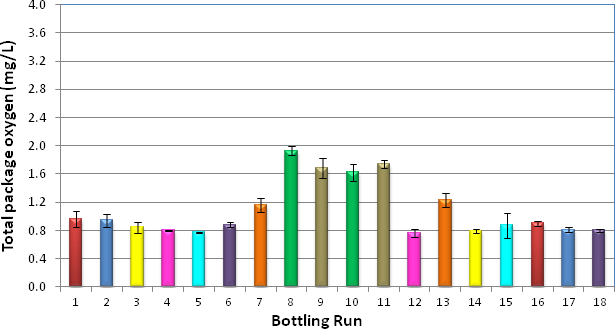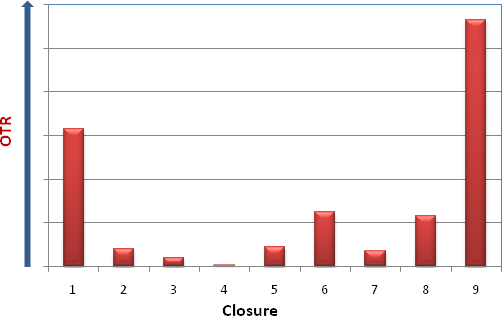Collaborative trials are a highly cost-effective way of benchmarking performance across a range of products using a robust and scientific testing program. By pooling financial resources and aligning objectives and deliverables, individual organisations are able to access comprehensive performance data which would otherwise be cost-prohibitive to generate through in-house trials.
The Collaborative Closure Trial was initiated in 2009 for a group of international wineries and closure suppliers to benchmark the performance of nine state-of-the-art closures. The aim of the trial is tohighlight characteristics which can influence white wine attributes. All participants were able to input into the trial design, ensuring a rigorous testing program and commecially relevant outcomes.
The trial aims to independently assess the performance of the following 9 closures over a 24-month period:

Each closure was applied in two separate bottling runs in order to negate any effects from drift during the bottling process. Total package oxygen was tightly controlled throughout bottling, providing the trial with a solid baseline from which meaningful comparisons can be made.

Some interesting trends are emerging, with the free sulfur dioxide (SO2) level and the degree of browning starting to diverge across the closures 12 months after bottling.

These results correlate well with the range of oxygen transmission rates (OTR) measured across the different closures. The AWRI has evaluated the OTR of closures in-house using a new, innovative and non-destructive test to compare to the industry-standard Mocon test method. This has highlighted some interesting differences between the two test methods and helped to shed more light on some of the emerging trends.

To complement the OTR data, the AWRI has also collected data on the presence of low molecular weight sulfur compounds that are known to correlate with the development of reduced characters under certain closure types.

Twelve months after bottling, three of the nine closures were perceived by difference testing as being significantly different from the Saran/tin reference closure. Descriptive analysis after nine months in-bottle has identified some of the attributes that are starting to exhibit differences across the closures, most notably honey and struck flint aromas.

For more information about this trial, please contact Eric Wilkes (eric.wilkes@awri.com.au) or call +61 8 8313 6600.

